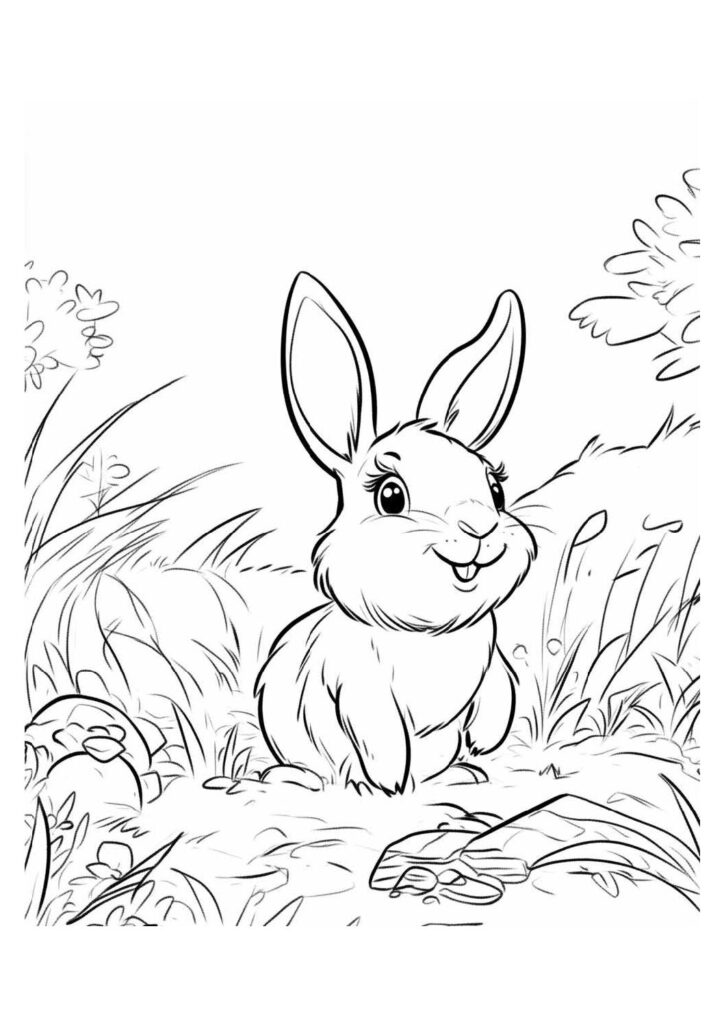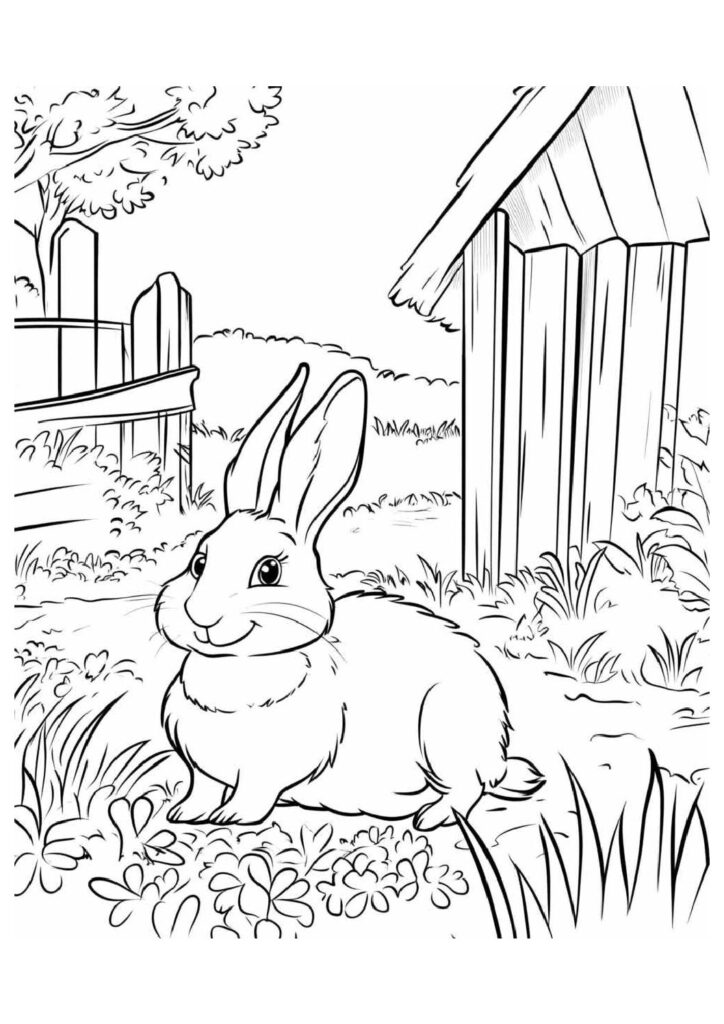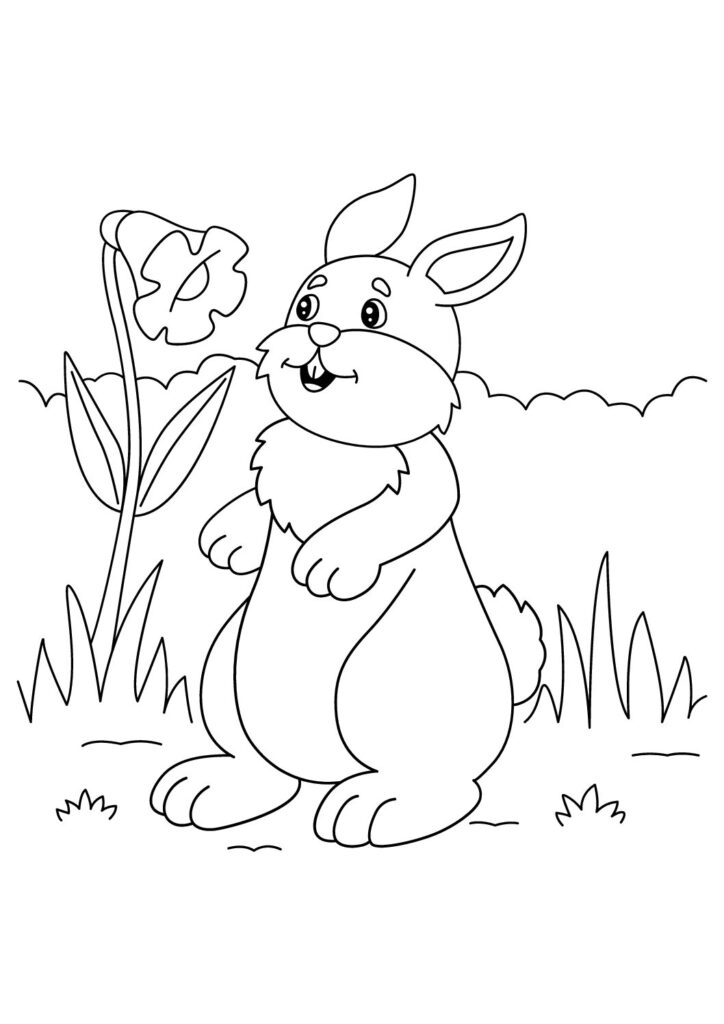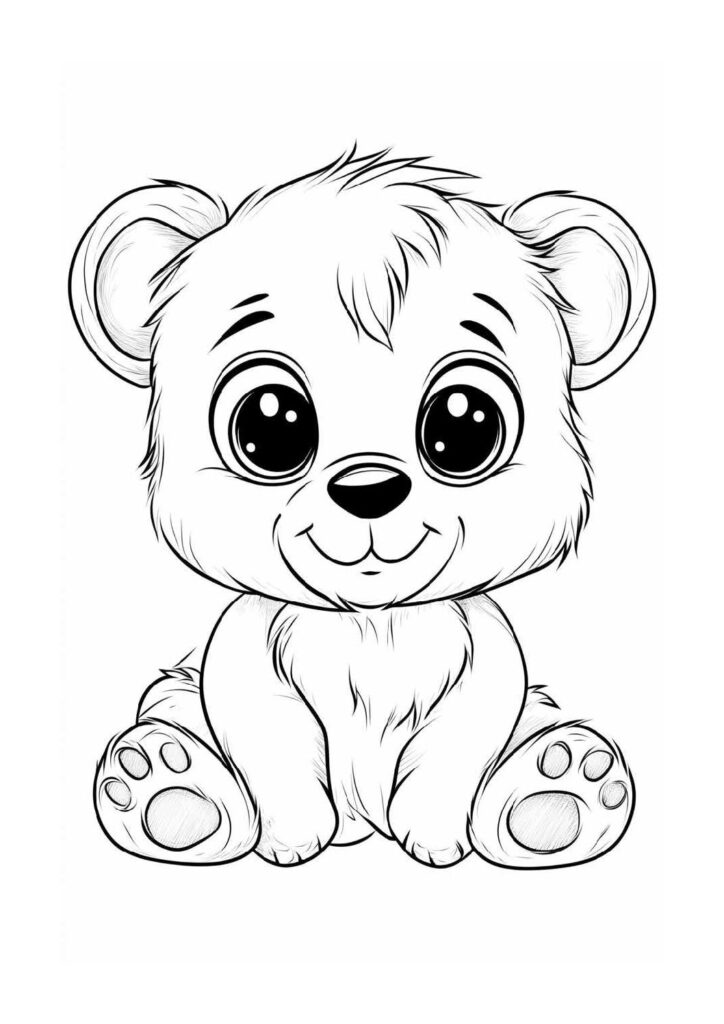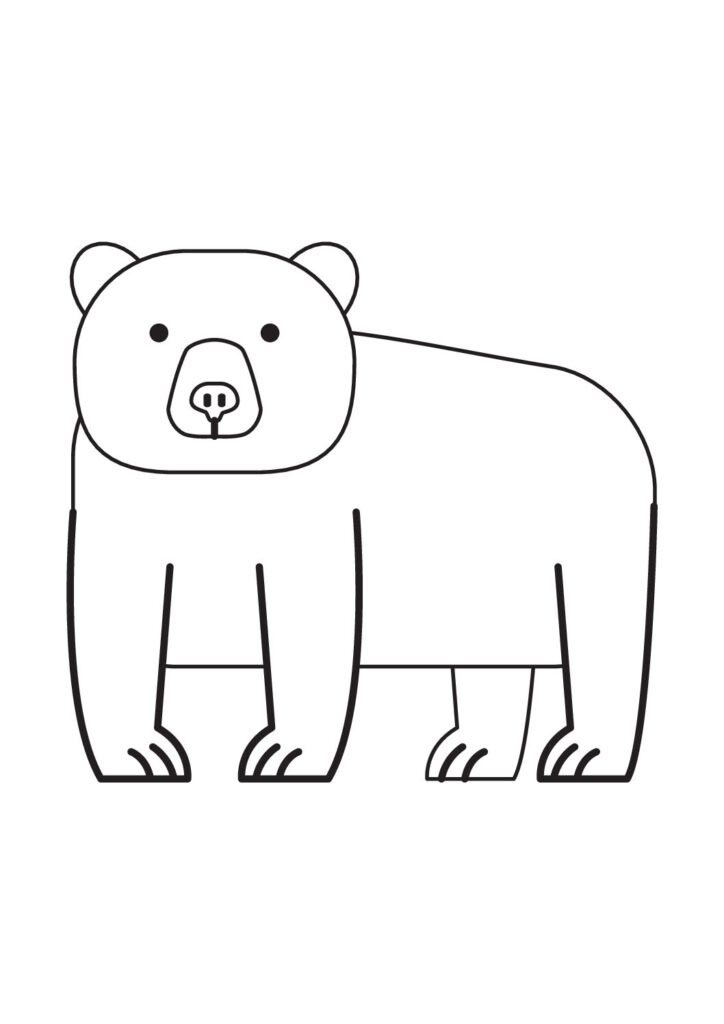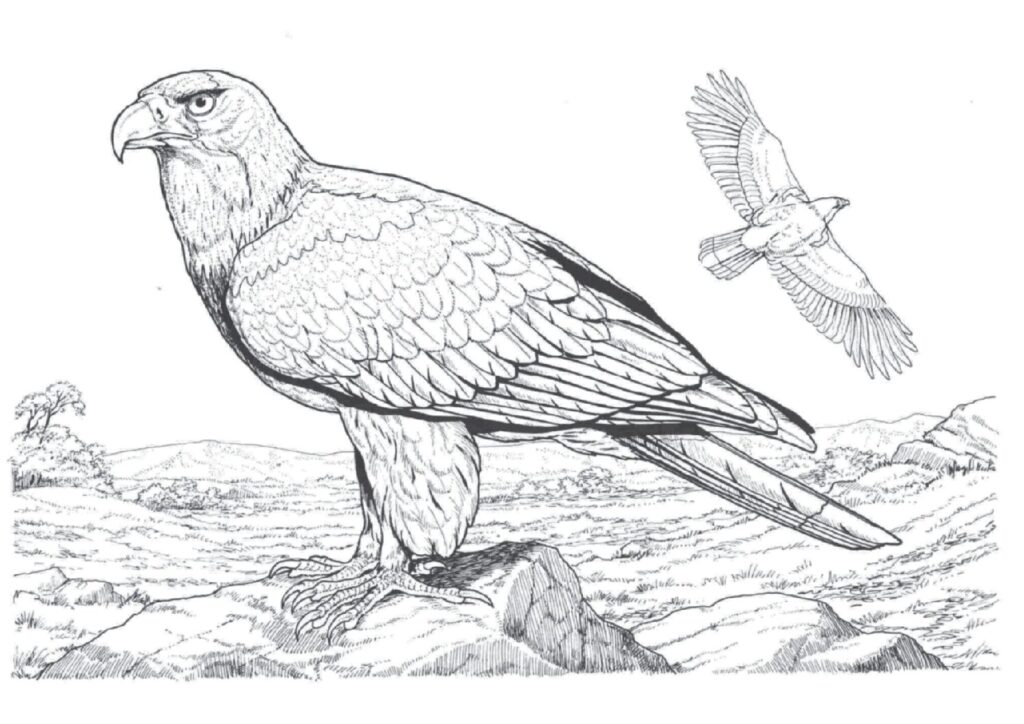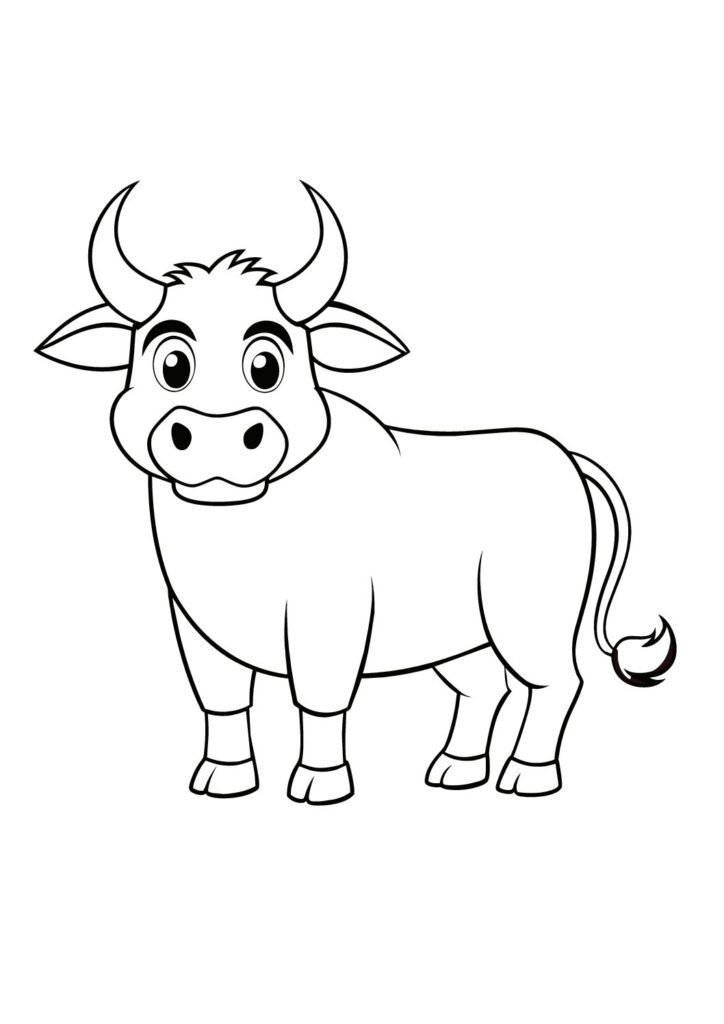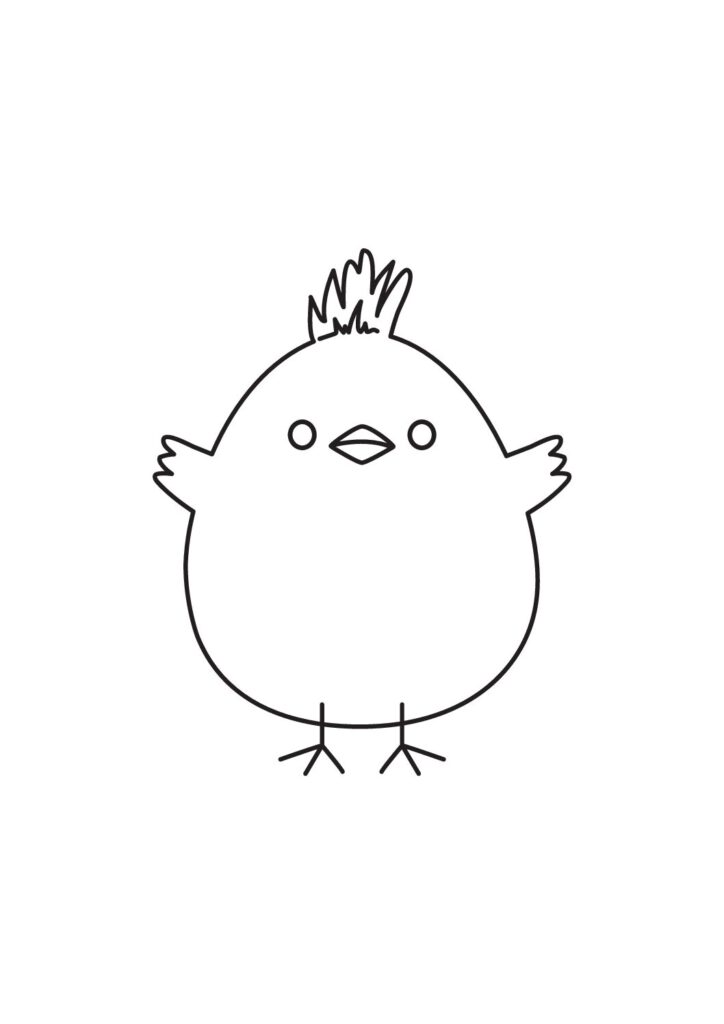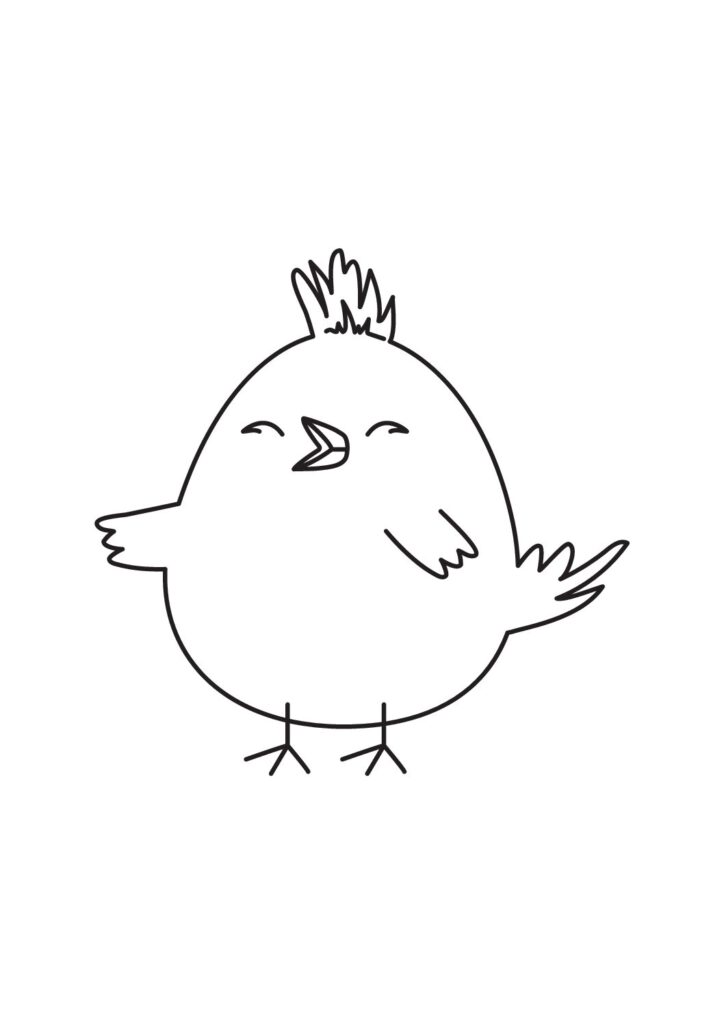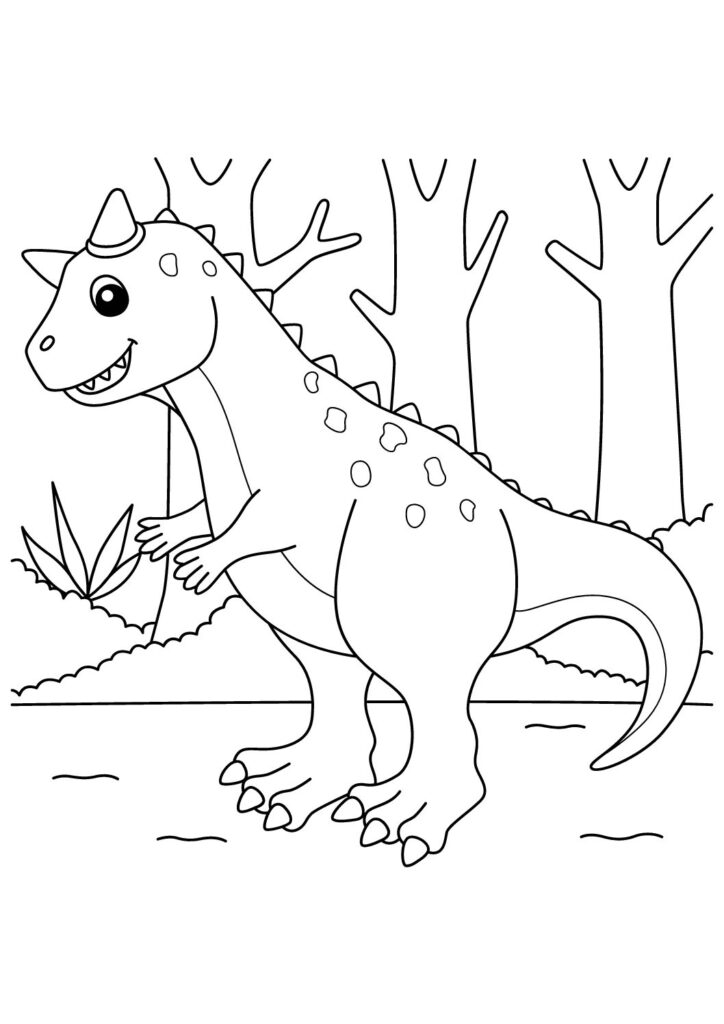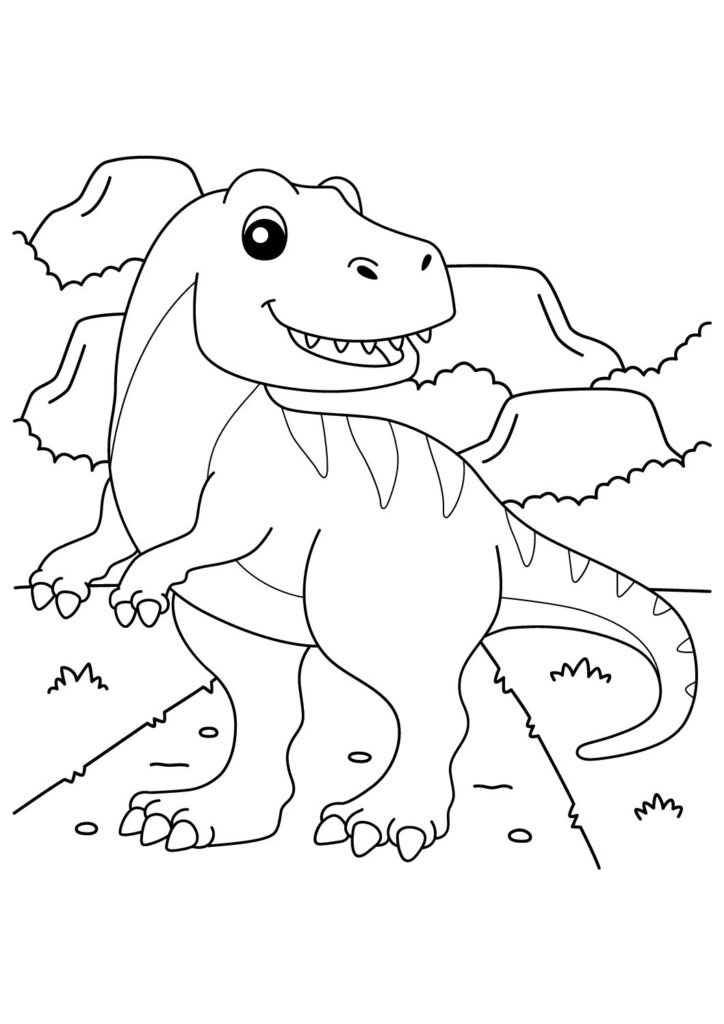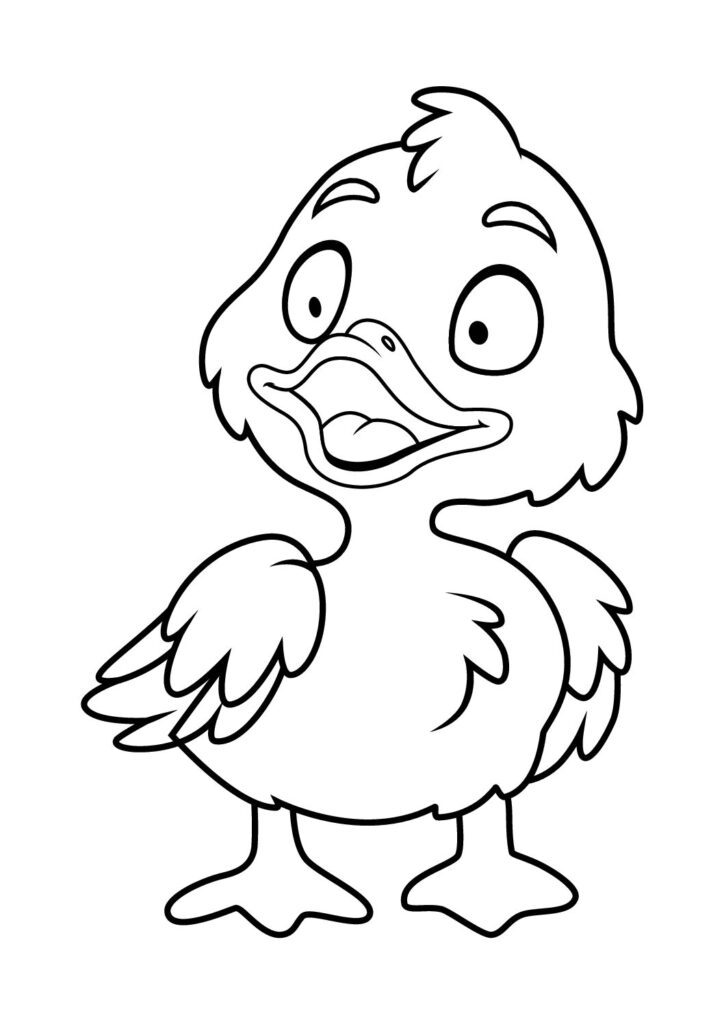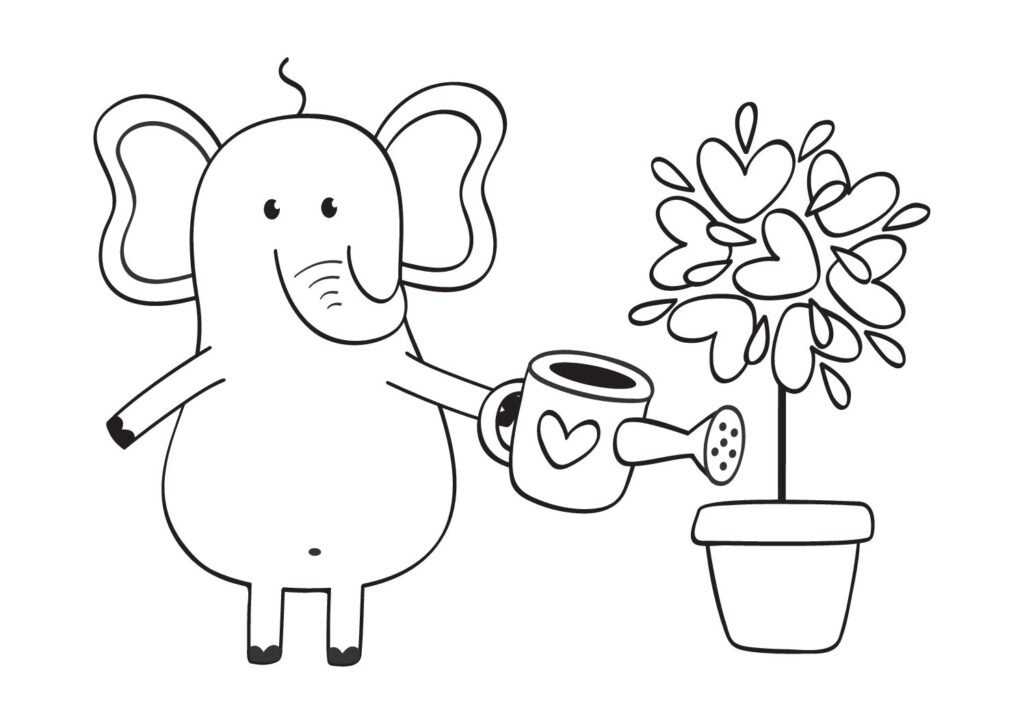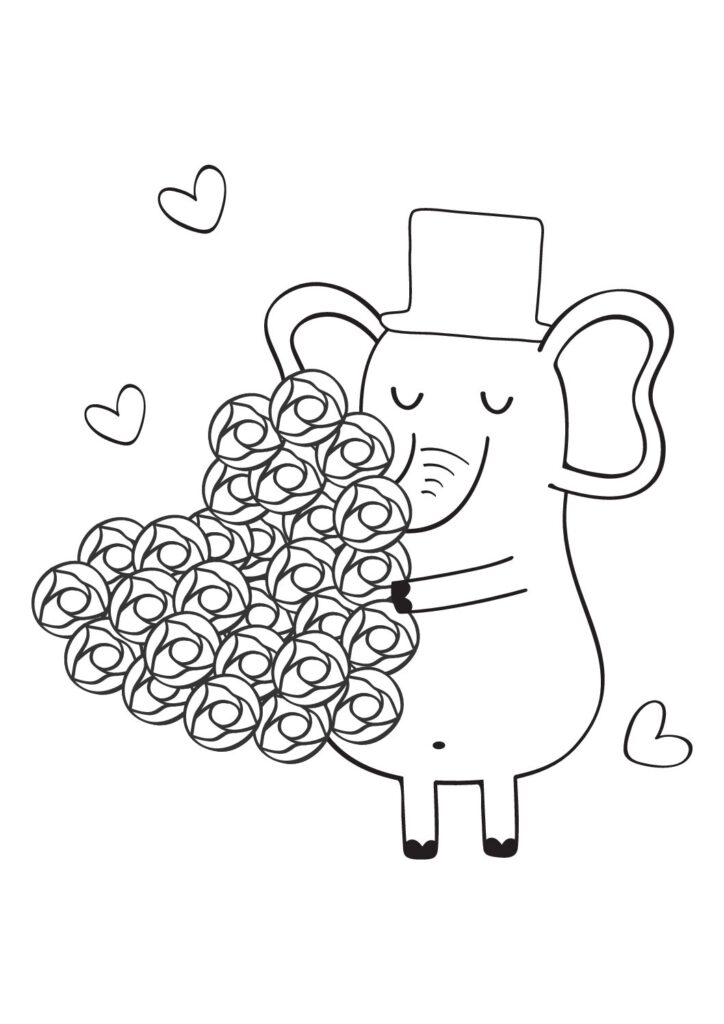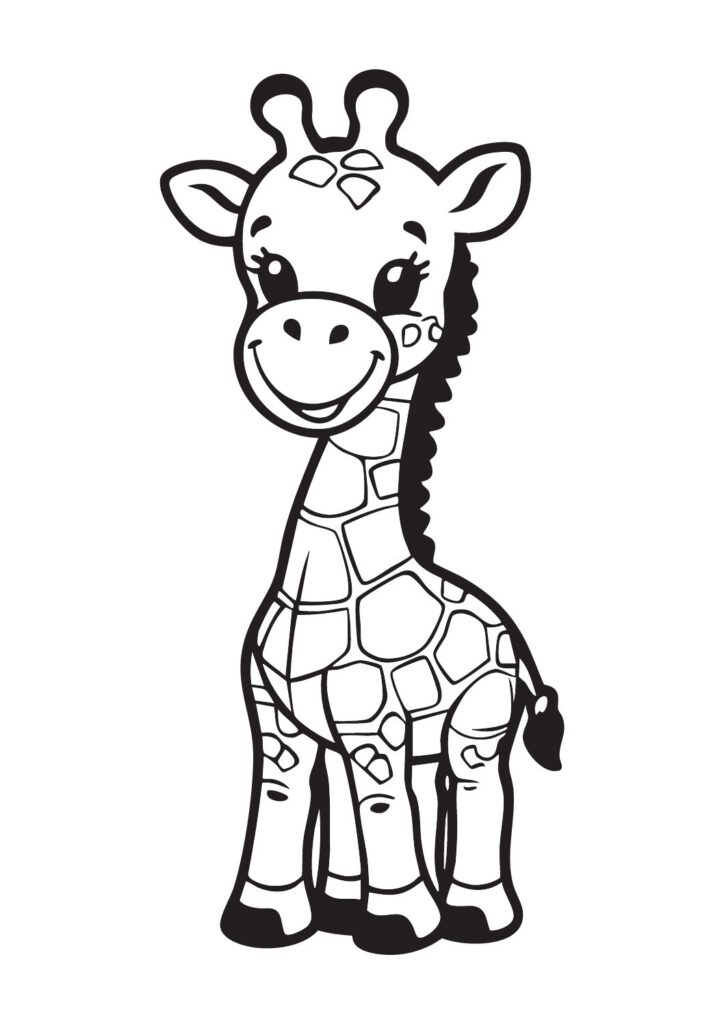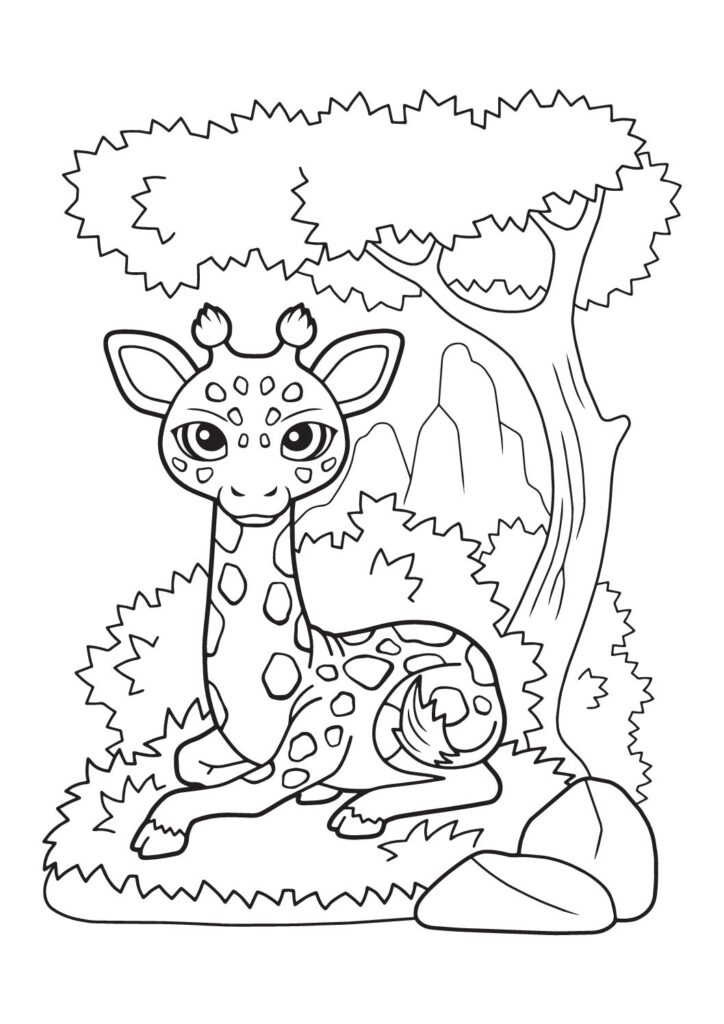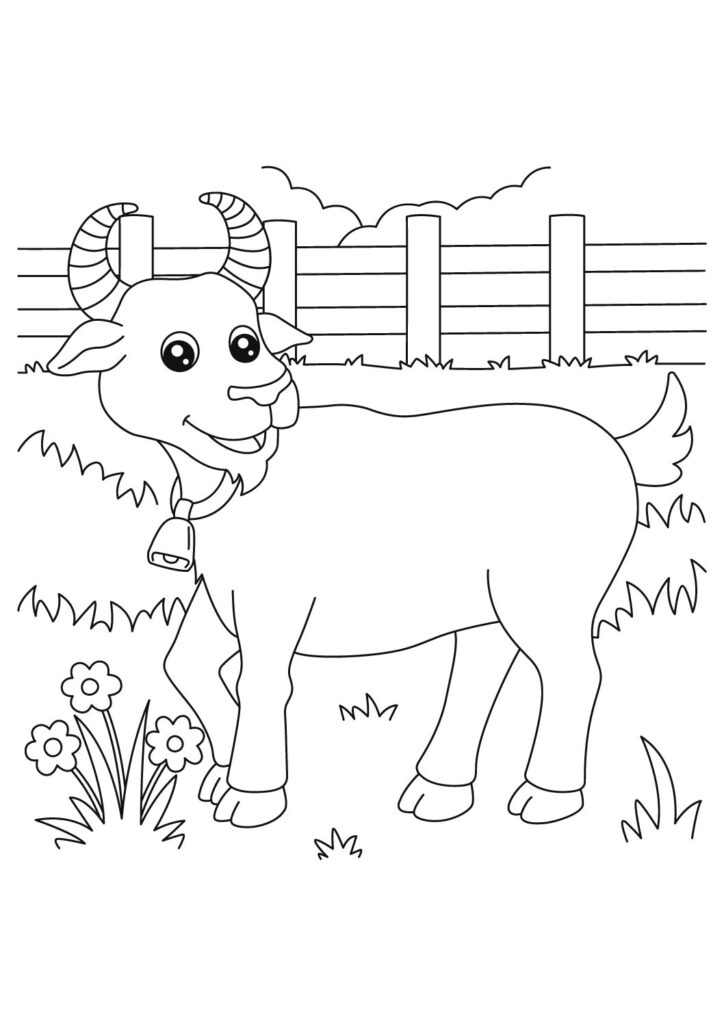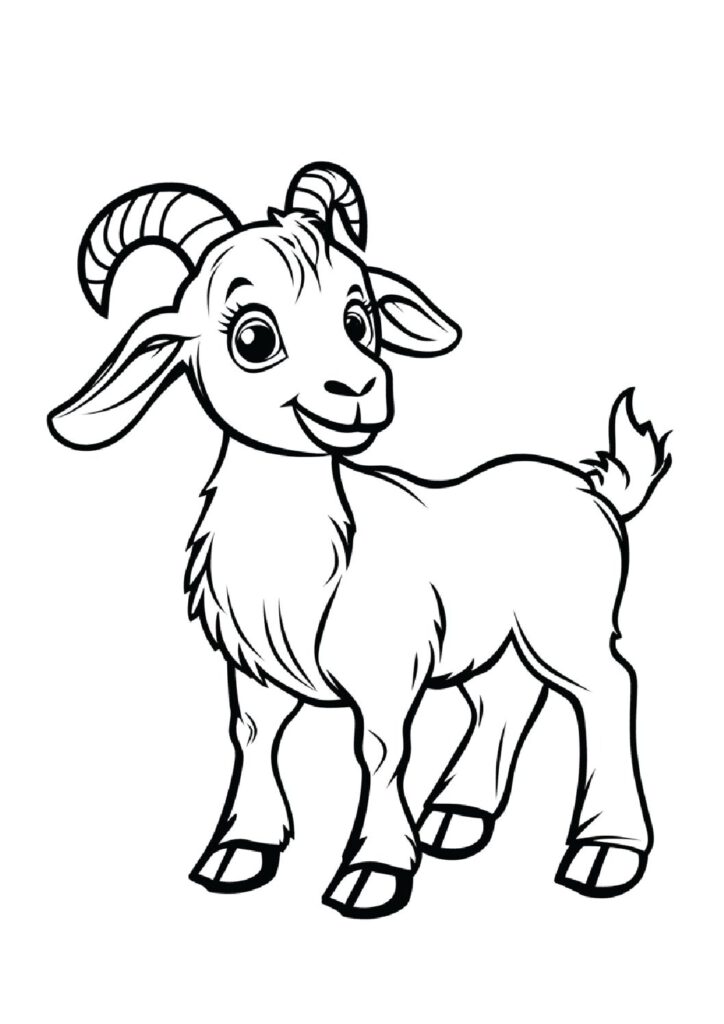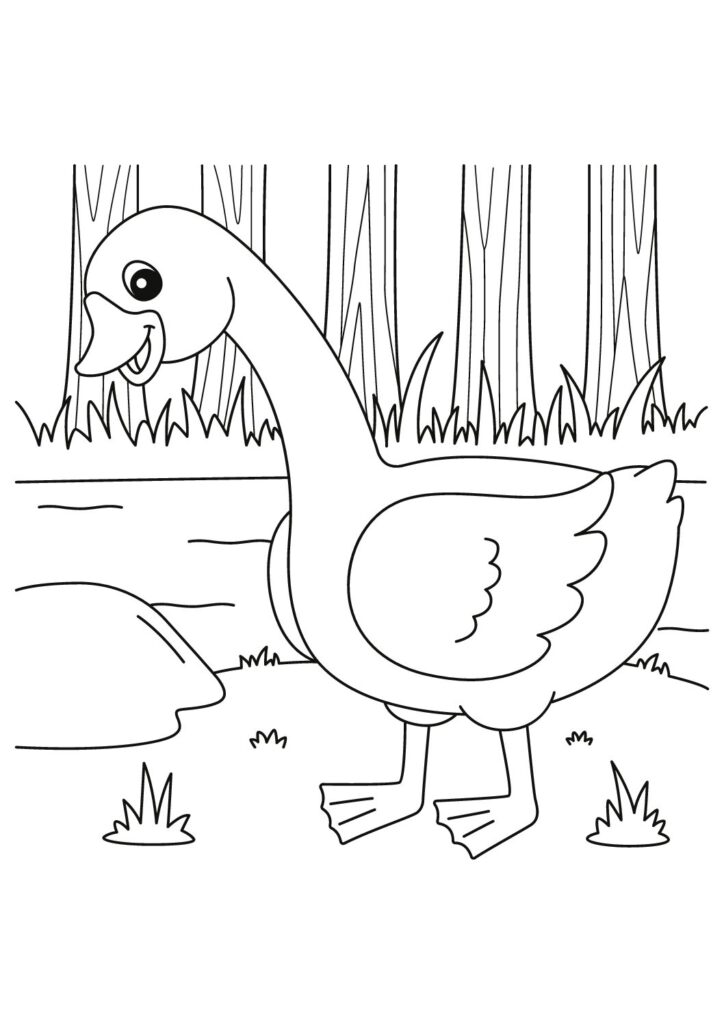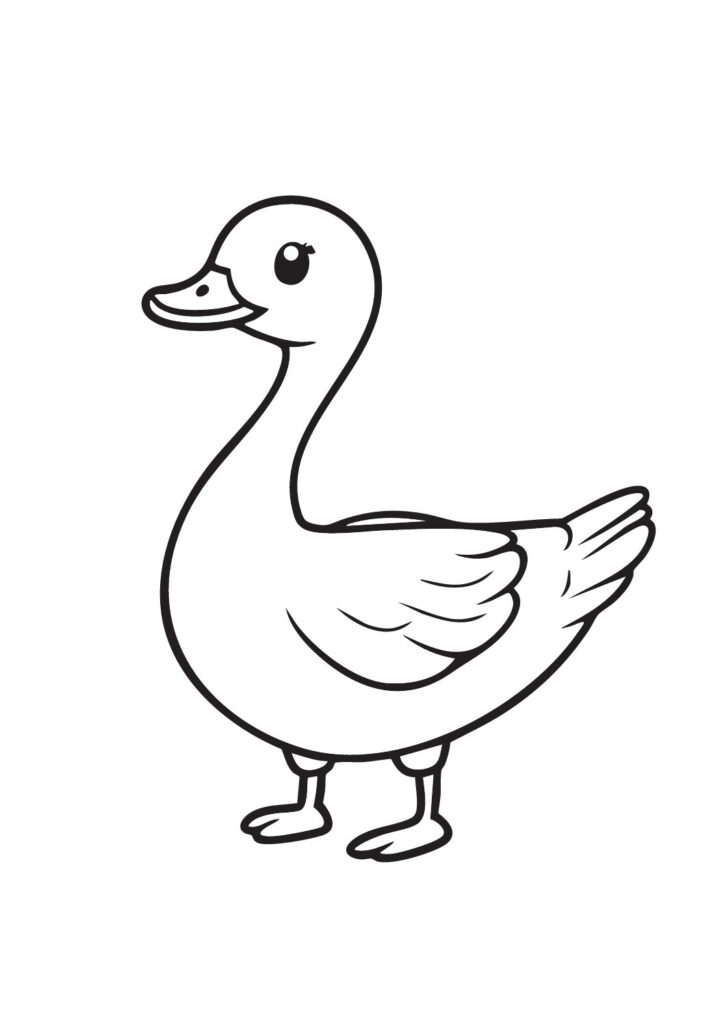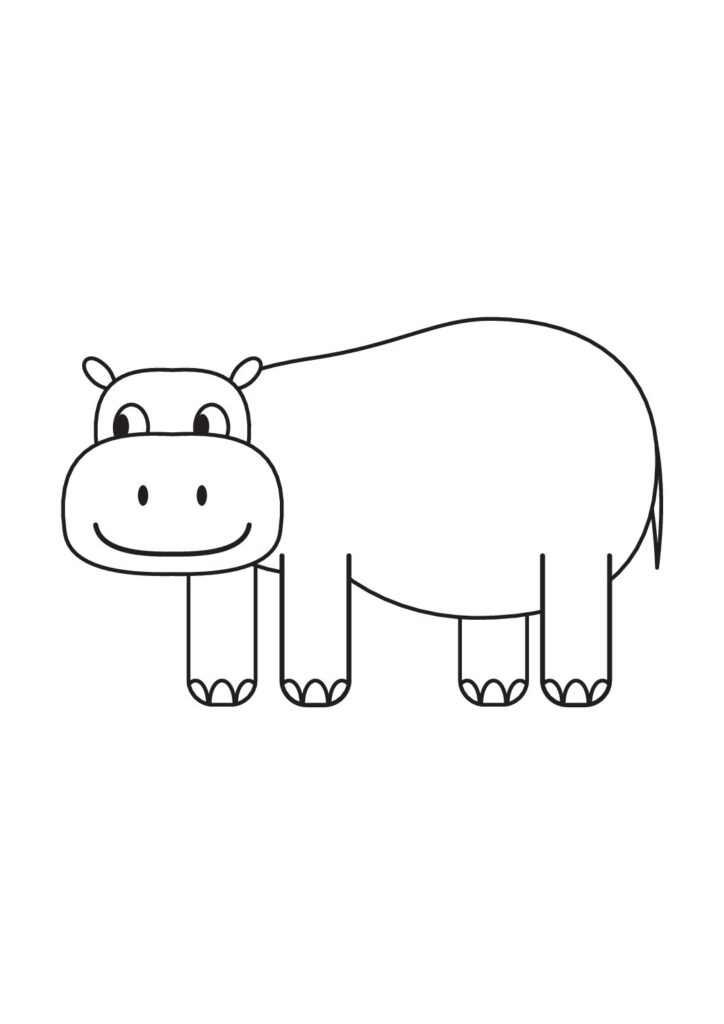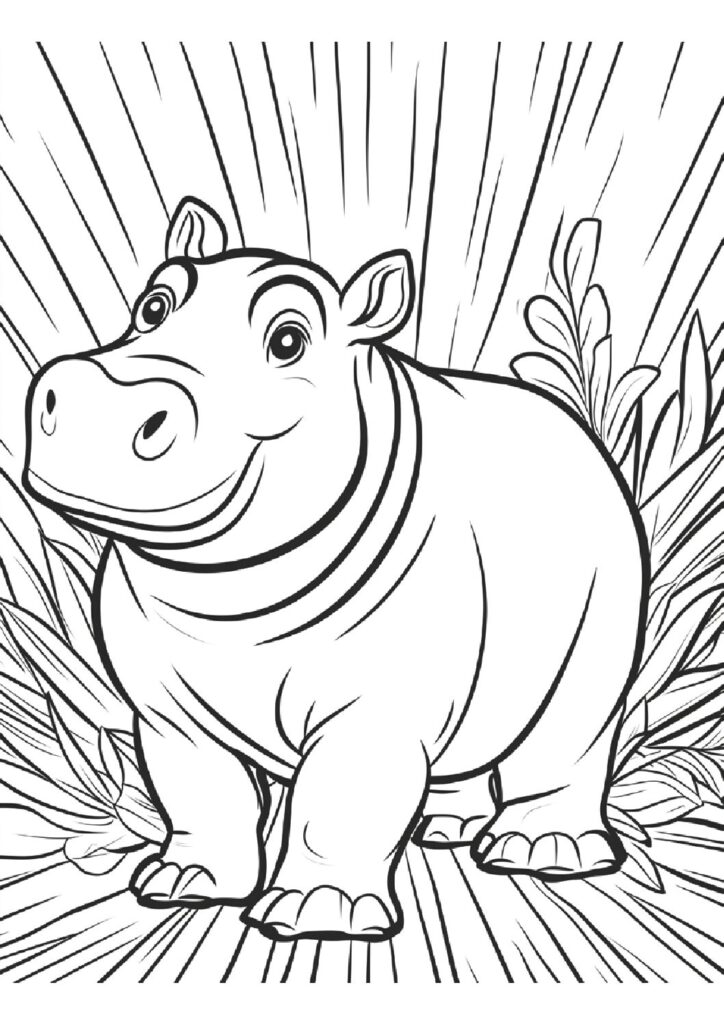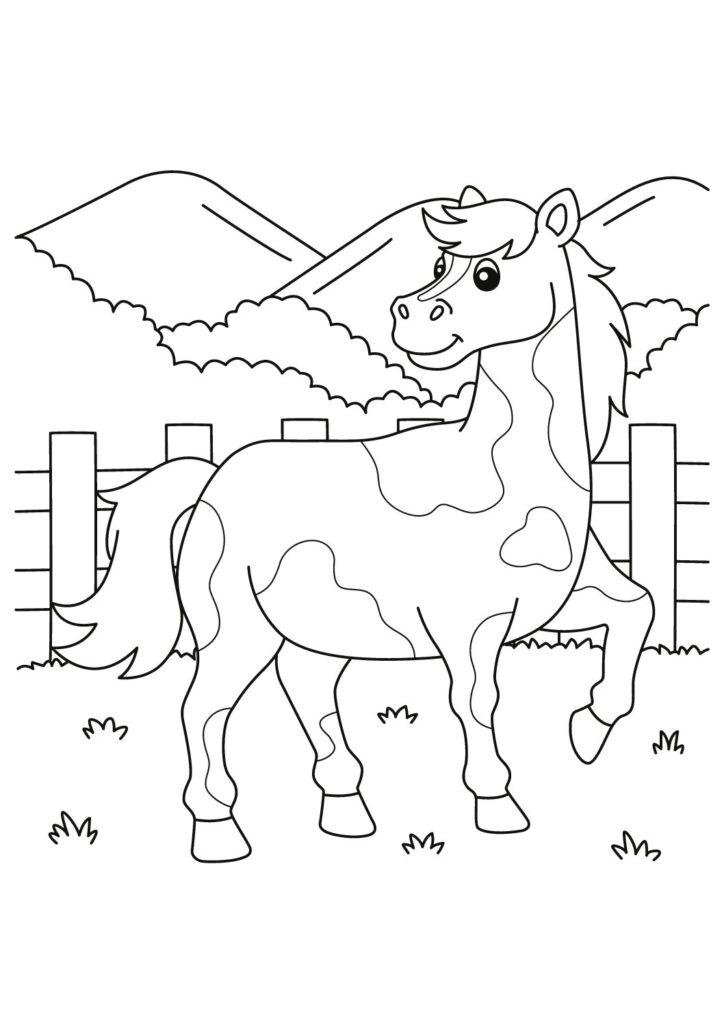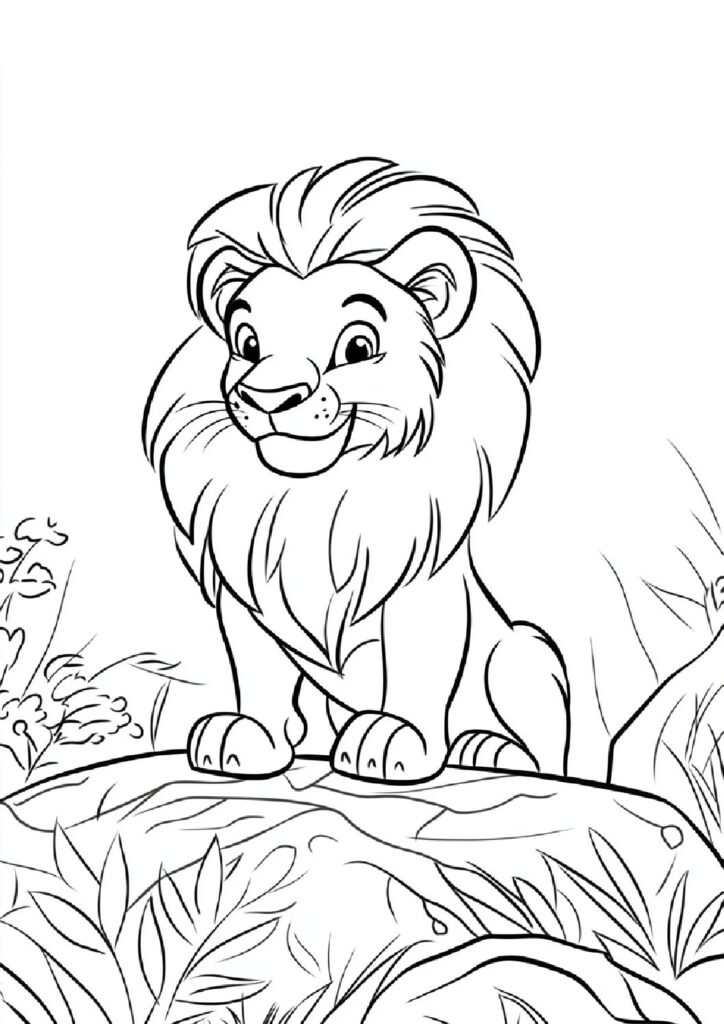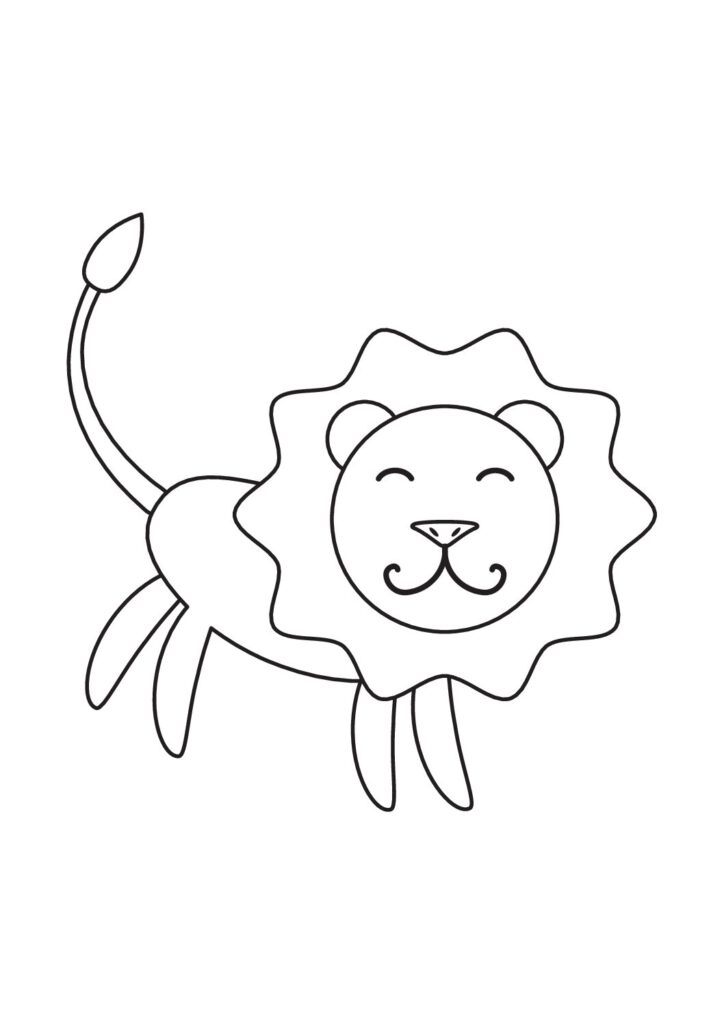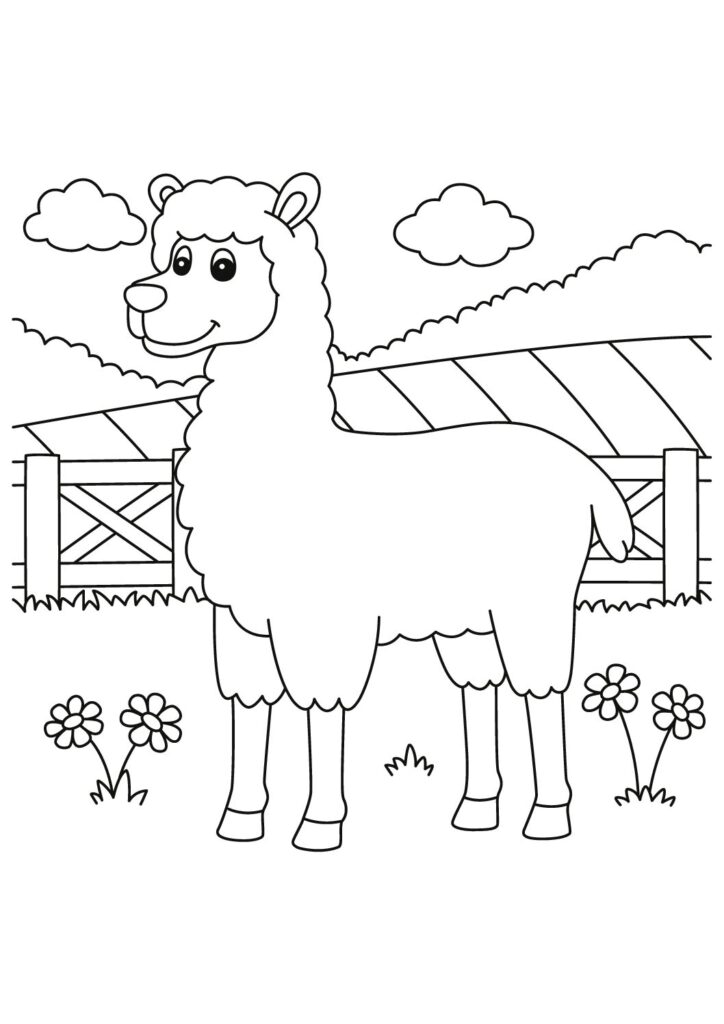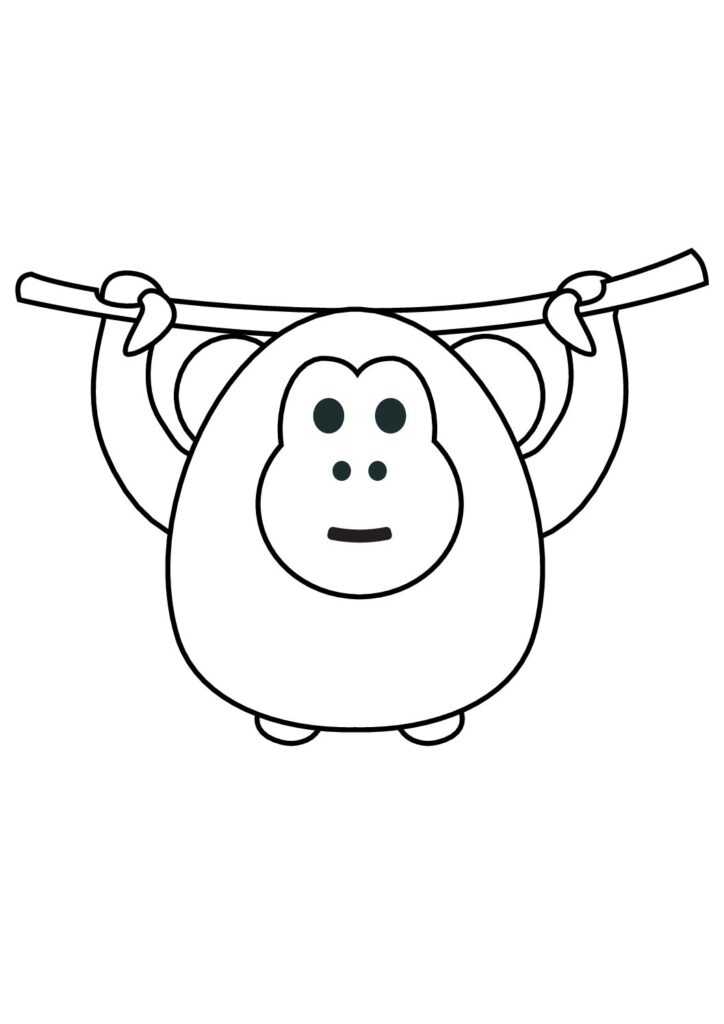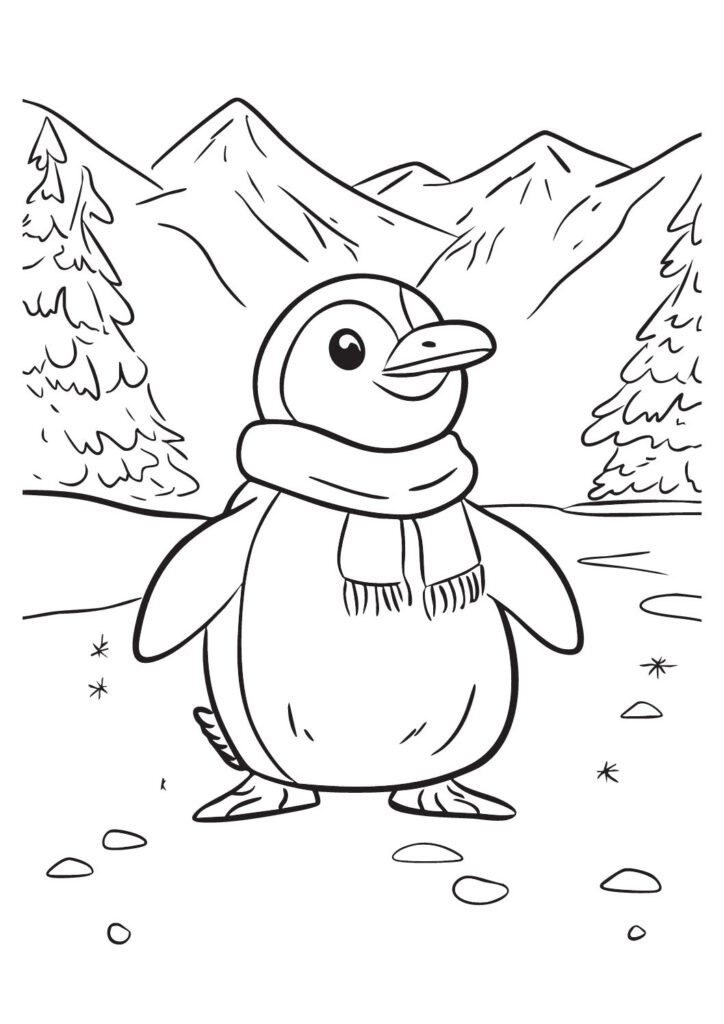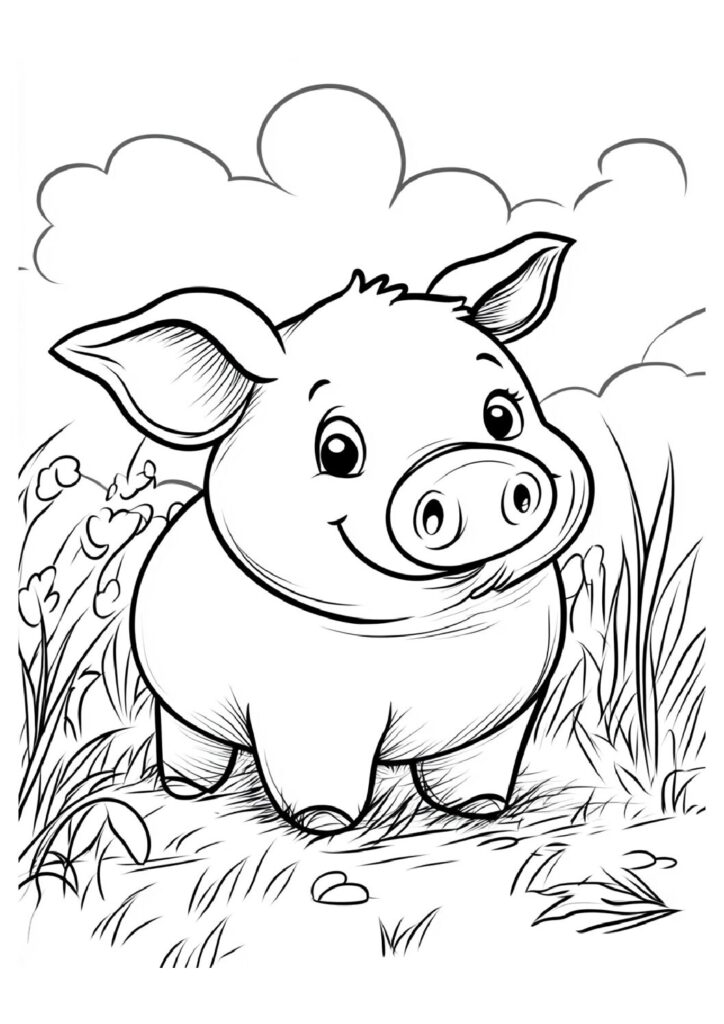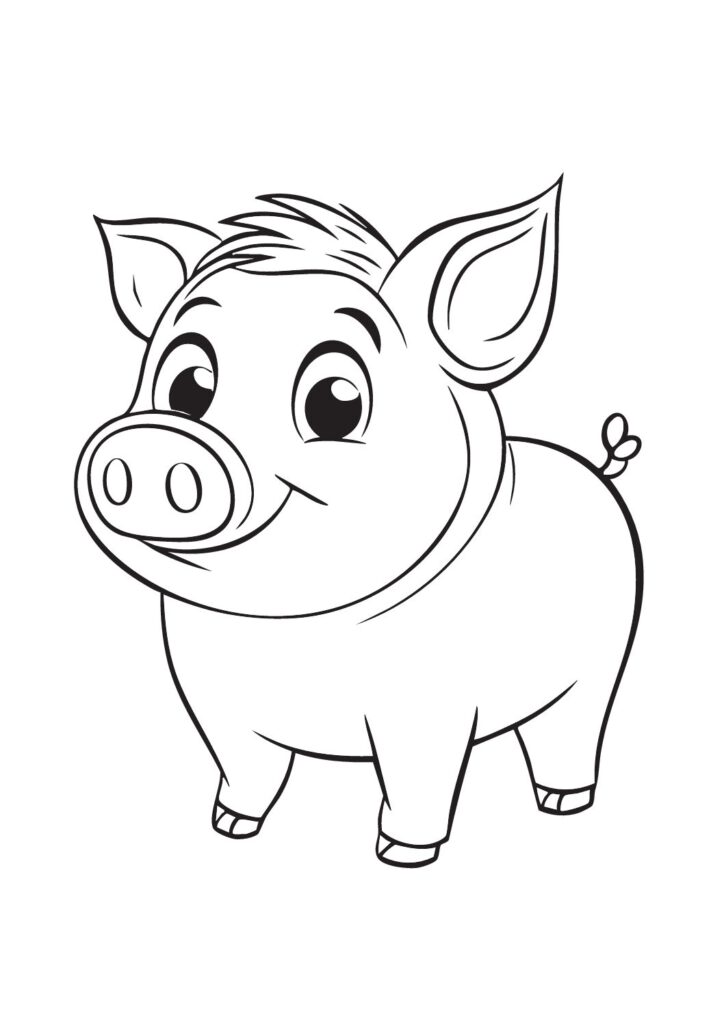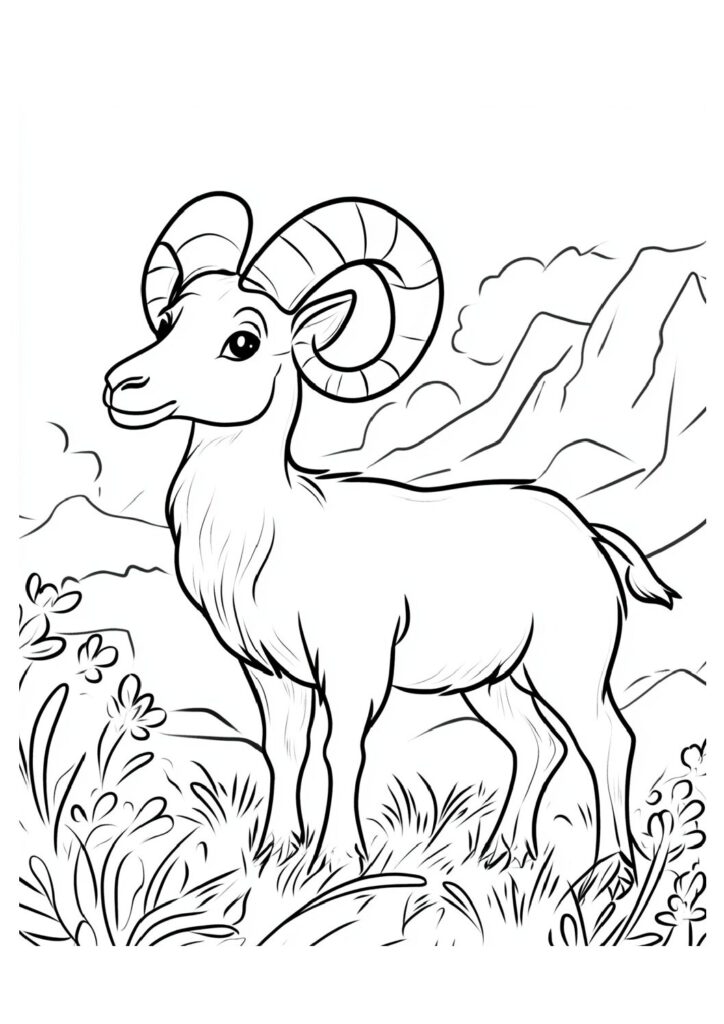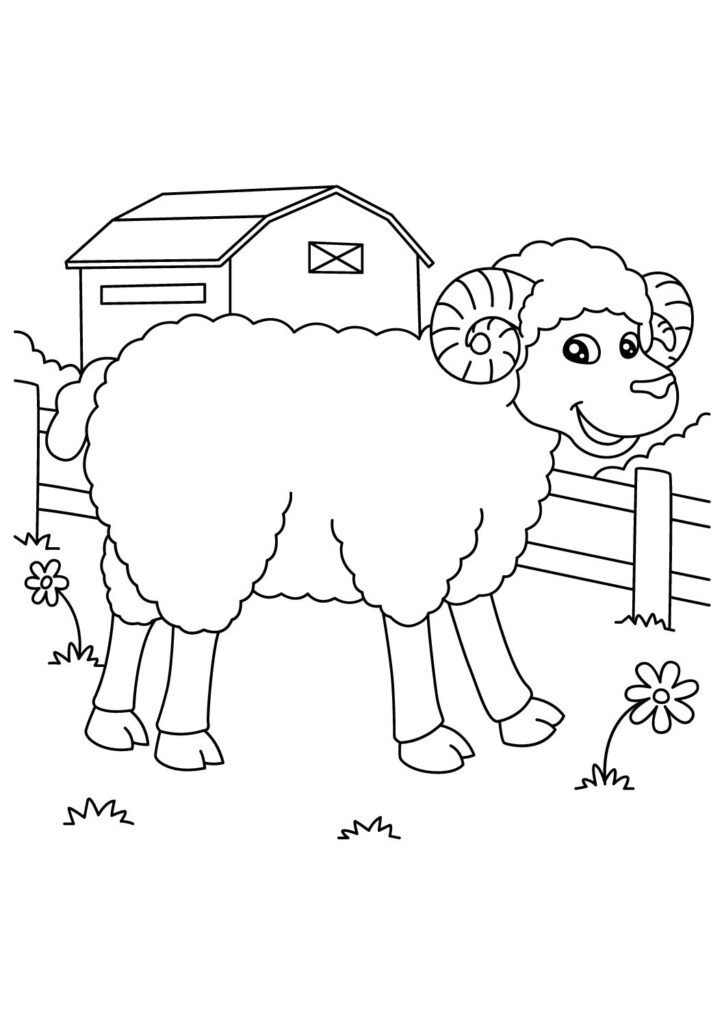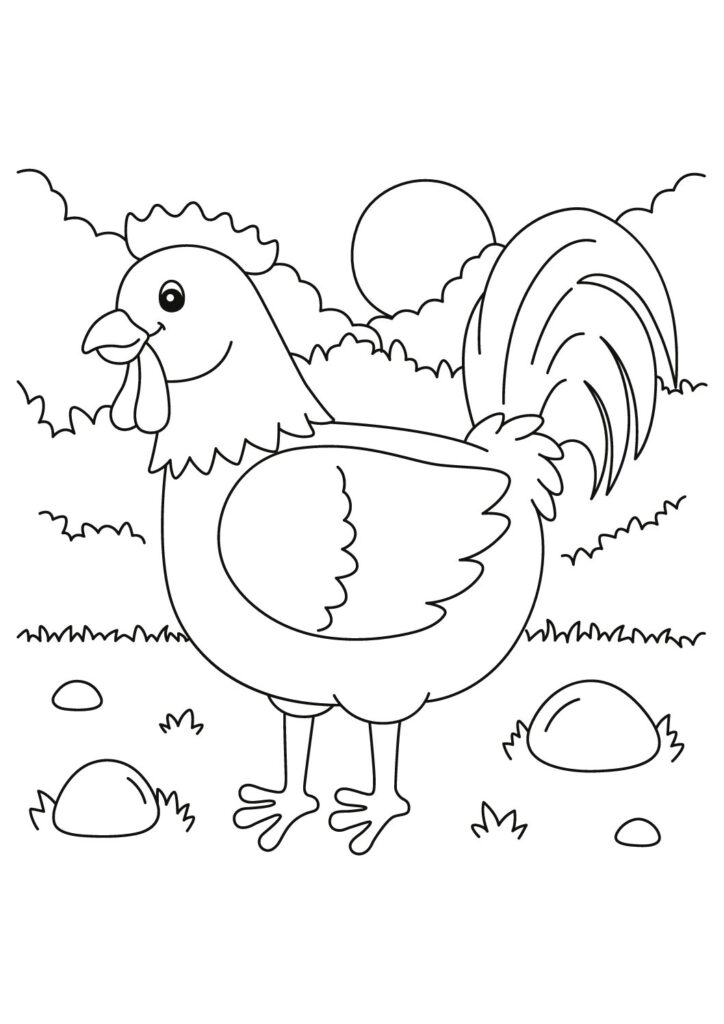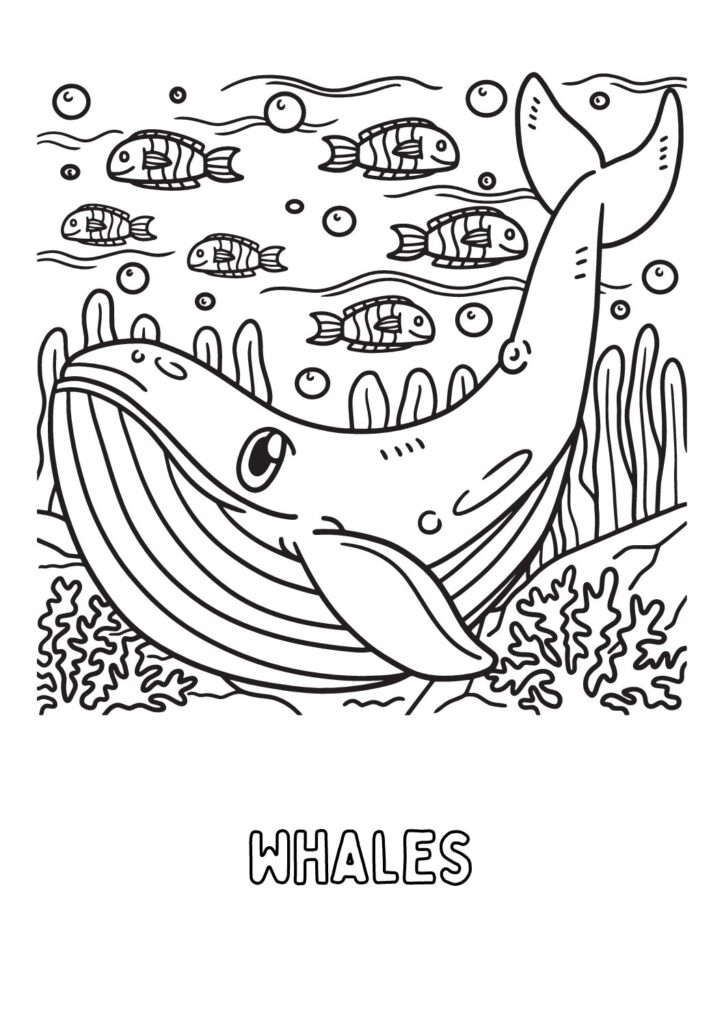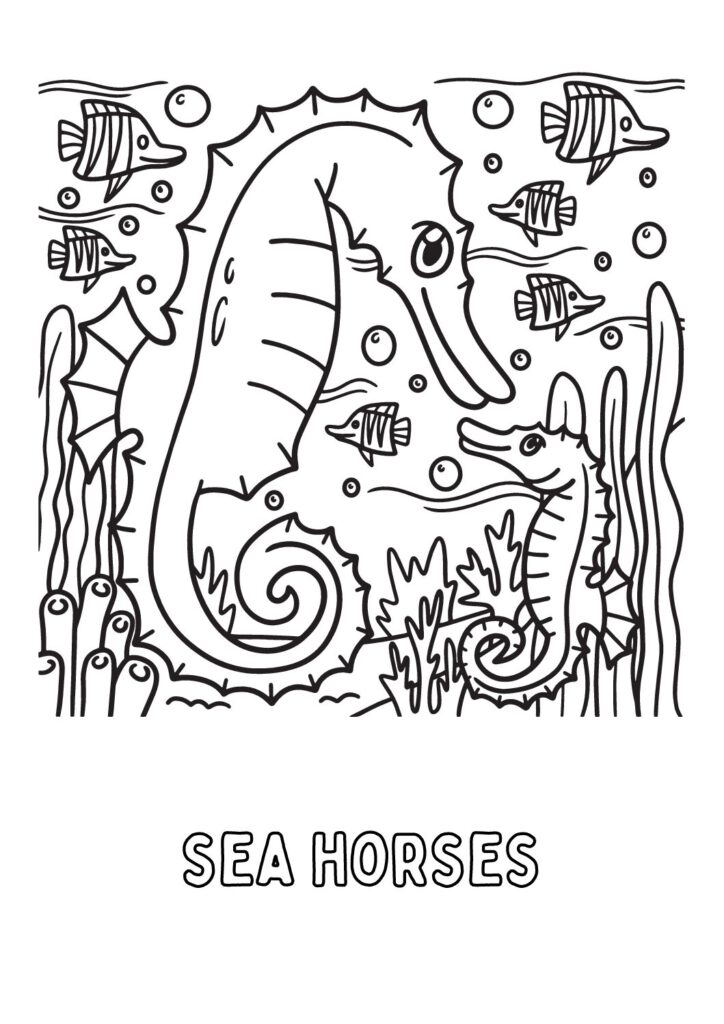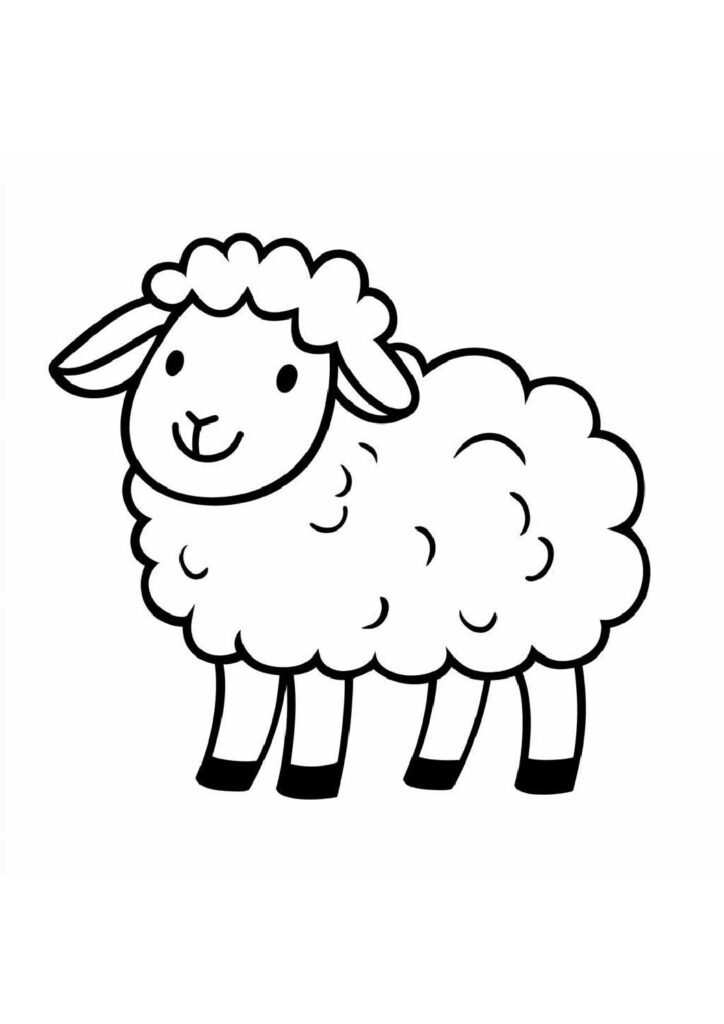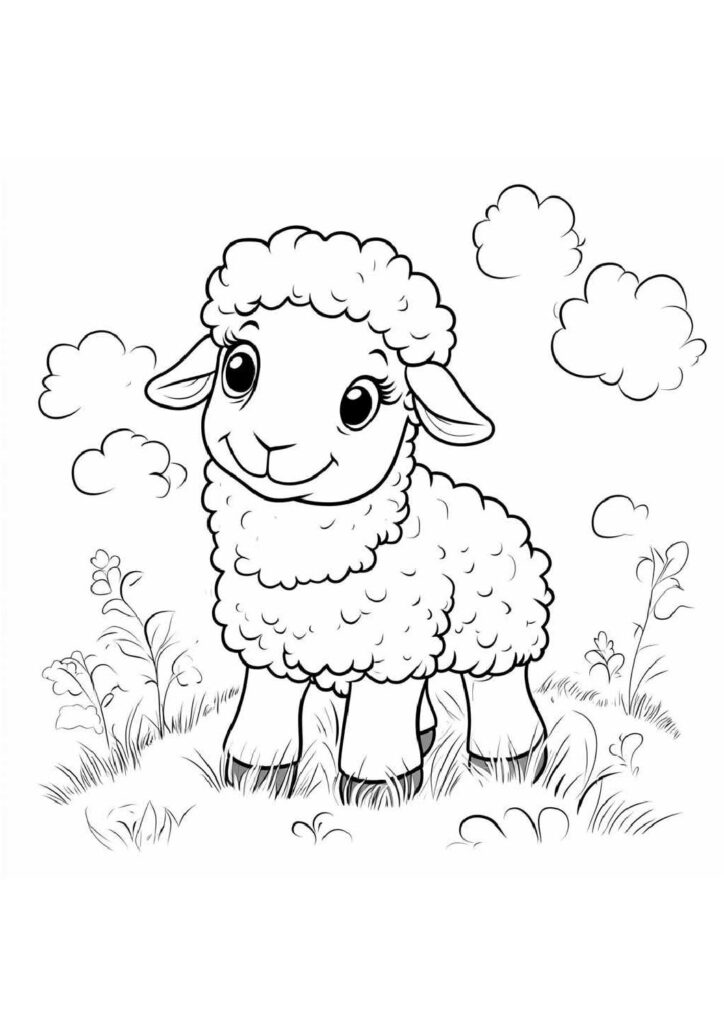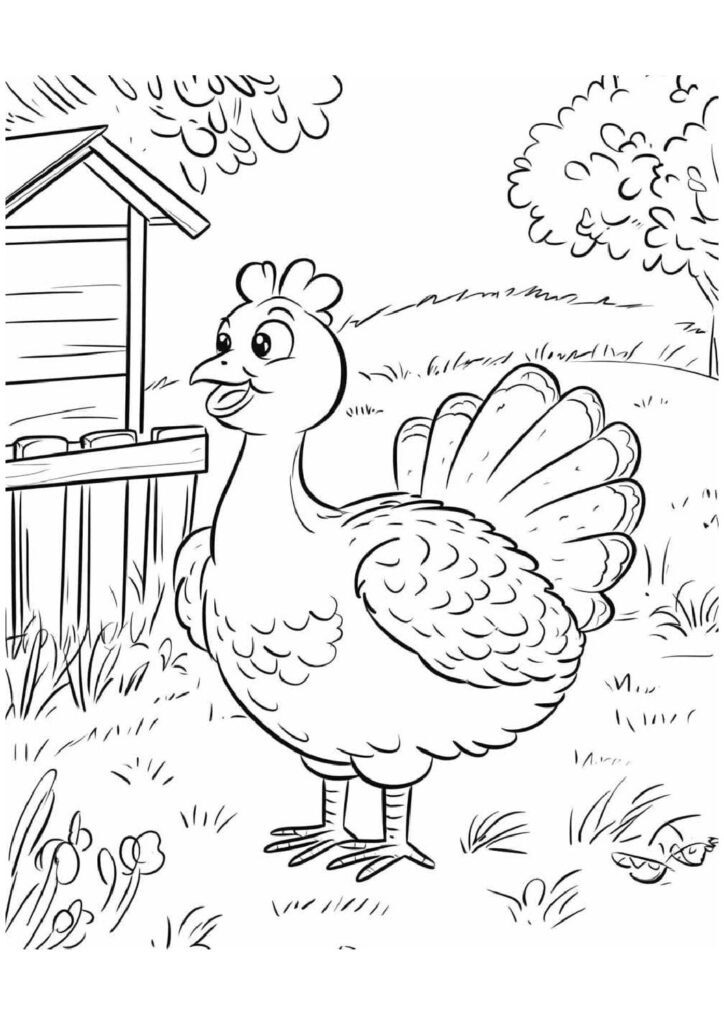3 Free Rabbit Coloring Pages for Download (Printable PDF)

Hop into our free printable collection of rabbit coloring pages featuring these adorable and energetic animals in their playful poses! Download these high-quality sheets showcasing popular breeds like cottontails, lop-eared bunnies, and fluffy domestic rabbits displaying their distinctive long ears and cute twitching noses. Perfect for kids and animal enthusiasts, these detailed coloring pages capture the lively nature of these remarkable creatures known for their quick movements and gentle personalities. Each printable sheet brings these beloved furry friends to life, highlighting their soft fur, powerful hind legs, and expressive eyes!
Fascinating Rabbit Facts: The Complete Guide to These Remarkable Mammals
Introduction
Rabbits represent one of the world’s most widespread and recognizable small mammals, comprising approximately 30 species within the family Leporidae (distinct from their close relatives, hares). These remarkable herbivores have evolved extraordinary reproductive capabilities, specialized digestive systems, and impressive defensive adaptations that have enabled their natural success across diverse environments while establishing complex relationships with humans as both agricultural resources and beloved companions.
Unique Digestive Adaptations
Rabbits have developed one of nature’s most specialized digestive systems, practicing coprophagy—the consumption of certain fecal pellets (cecotropes) produced specifically for re-ingestion. This remarkable adaptation allows them to extract maximum nutrition from difficult-to-digest plant material by processing it twice, with special nutrient-rich cecotropes consumed directly from the source during predawn hours, providing essential B vitamins and proteins that would otherwise be inaccessible from their fibrous plant diet.
Extraordinary Senses
As prey animals, rabbits have evolved remarkable sensory capabilities including nearly 360-degree vision achieved through eye placement on the sides of their head, with only small blind spots directly in front and behind. Their distinctive long ears contain extensive blood vessels for thermoregulation while providing exceptional hearing capable of detecting sounds from distances exceeding two miles, including ultrasonic frequencies beyond human perception, creating an early-warning system for approaching predators.
Impressive Agility
Rabbits possess specialized locomotion adaptations including powerful hind legs generating enough force to propel them up to 10 feet horizontally and 4 feet vertically in a single bound. Their unique “stotting” behavior—leaping vertically with all four legs extended—serves multiple functions including surveying surroundings, confusing predators, and signaling danger to other rabbits, while their zigzag escape pattern effectively counters the pursuit strategies of many predators by exploiting their superior maneuverability.
Complex Social Structure
Contrary to popular perception as solitary animals, many rabbit species maintain sophisticated social organizations centered around underground warren systems with multiple chambers and entrances. These complex social groups typically follow hierarchical structures with dominant breeding pairs, established territorial boundaries, and communal protection responsibilities where sentinel rabbits warn others of danger through ground-thumping signals that travel through soil vibrations, effectively creating early warning networks across their habitat.
Reproductive Efficiency
Rabbits demonstrate remarkable reproductive capabilities that have made them symbols of fertility across many cultures. Females (does) can produce 4-12 litters annually under favorable conditions, potentially yielding 30+ offspring per year, with gestation periods averaging just 30 days. Unlike many mammals, rabbits can conceive again immediately after giving birth due to induced ovulation triggered by mating, while their altricial young develop extraordinarily quickly—opening eyes within 10 days and reaching sexual maturity as early as 3-4 months.
Global Impact
Through both natural spread and human introduction, rabbits have dramatically impacted ecosystems worldwide, most notably in Australia where introduced European rabbits caused extraordinary environmental damage by overgrazing native vegetation and accelerating erosion. Conversely, they play crucial ecological roles in native habitats as important prey species supporting diverse predator populations while influencing plant communities through their selective feeding patterns and seed dispersal activities, demonstrating their significance in numerous food webs.
